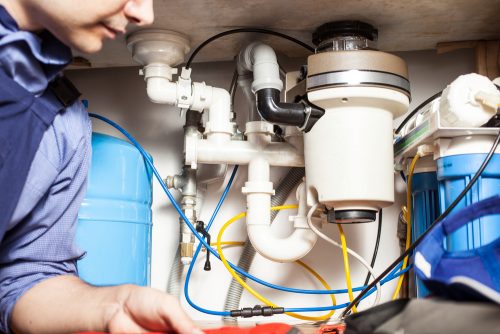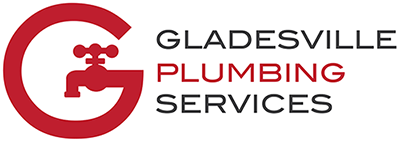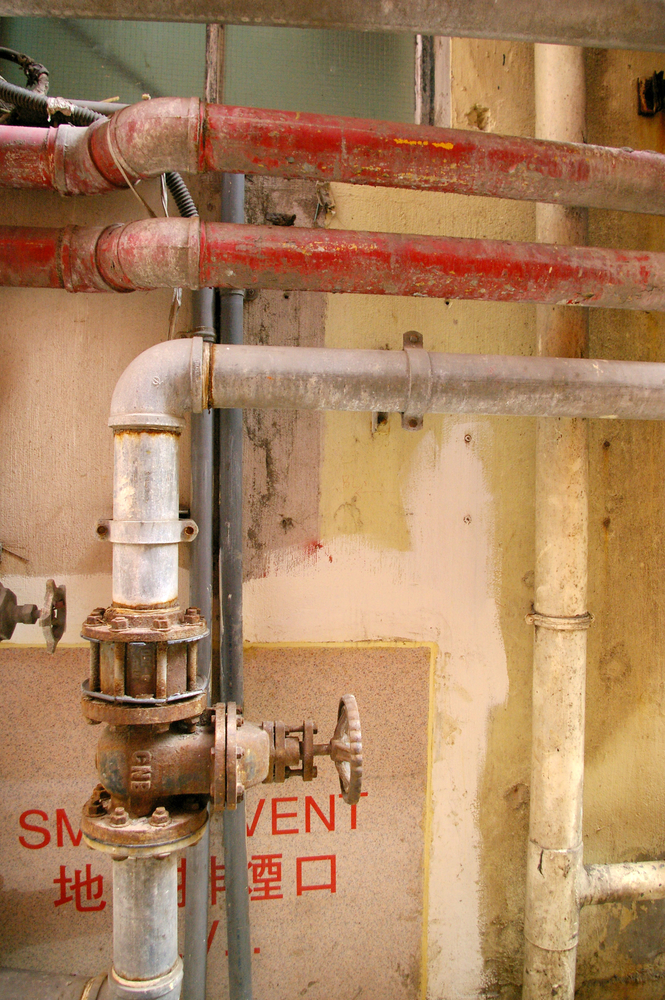It takes all sorts of pipes to plumb a house. But every house, no matter where it is located in Sydney, will have three pipe systems. It’s important to know the different pipes in your house so you understand how the plumbing works in your property. This knowledge can also help you when you have to explain to your plumber the reason for your call out. This information is crucial in giving the plumber a heads up on what materials will be needed to fix your plumbing problem.
Legally, the only person who should be interfering with the pipes on your property is a licensed plumber. Often mistakes can occur when the wrong pipes are connected together. This can result in hefty fines from the local council if you get found out.

Guide to different pipes in your house
Waste Pipes
Waste pipes are the pipes that carry waste water to the sewer. Typically, a waste pipe will connect from the waste outlet of a fixture and travel to a main sewer waste that connects into the local sewer line on your street. For modern or newly renovated homes, this waste pipe will be white PVC. It will be sewer grade PVC when underground.
Older homes dated in the pre-1960’s may have copper, cast iron or clay waste pipes. Often these waste lines are replaced with PVC during a renovation. Occasionally, plumbers will come across these older pipes if the house hasn’t been updated since its construction.
Water Pipes
Water pipes, as the name suggests, carry potable water (drinking water) to various taps in the house. This water can be carried in pipes made from galvanised steel, copper or plastic pipe known as PEX (cross-linked polyethylene) or PB (polybutylene).
Copper is the most common water pipe in homes, but homes built from the 2000’s onwards will have their water lines run with PEX or PB.
Plastic pipes have their own regulations and rulings on where they can be installed in a home. For example, they must be lagged when run underground and they cannot be installed outside where they can be hit by UV rays.
There are pros and cons for plastic and copper pipe use for water lines in a house. A plumber will have the know-how on what fittings are needed to adapt from one pipe material to another.
Stormwater Pipes
Stormwater pipes are connected to the roof drainage that directs rainwater away from the house to stormwater drains. These pipes will always be 90mm-100mm PVC pipe.
It is common for stormwater and sewer waste pipes to be incorrectly identified. When this happens, the wrong pipes can be interconnected and result in waste water travelling through the incorrect drainage system. This can become a health issue if sewerage is connected to the stormwater. This is why using a licensed plumber for all your waste and water pipe connection is important.
Natural Gas or LPG Pipes
Gas pipes can be galvanised steel pipes, copper pipes, nylon and PEX-AL-PE Composite pipes. The plastic or composite pipes will often be yellow or orange in colour, which differentiates its use for the application of gas installations. It’s a more durable pipe and does require specific fittings and tools to install and maintain.
Recycled water Pipes
Recycled water pipes will be copper or PEX pipe in the colour of purple (lilac). If your plumbing problem is in relation to recycled water pipes, identifying the right pipe material can give a plumber a head start in knowing what tools and fittings will be needed for the job.



